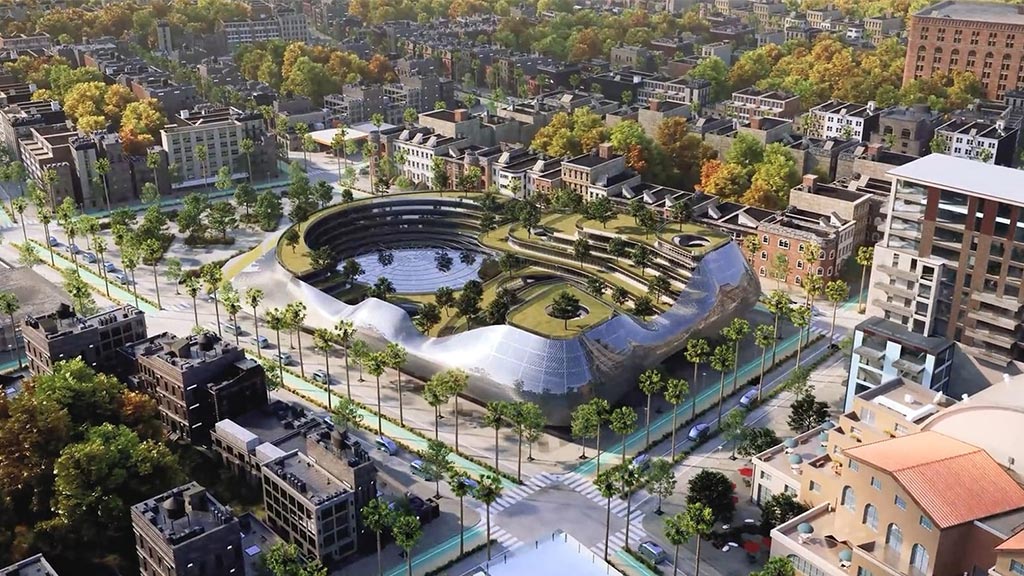Mobility & Transportation
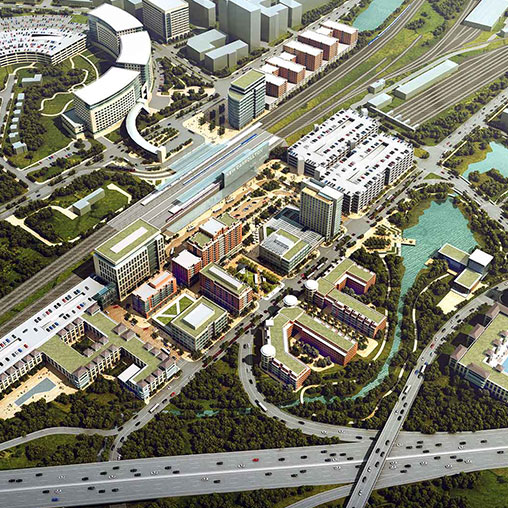
New Carrollton
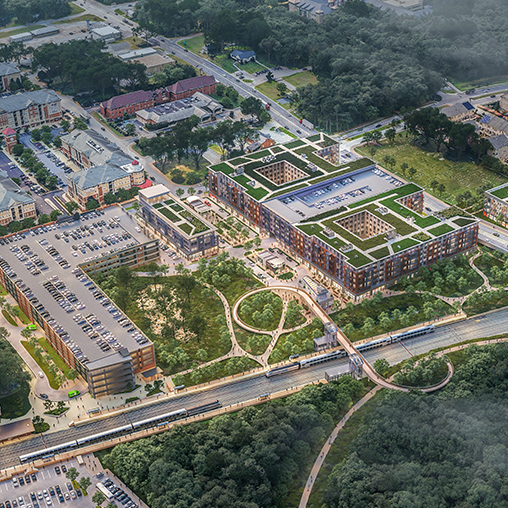
The Penn Line Transit-Oriented Development Strategy Plan
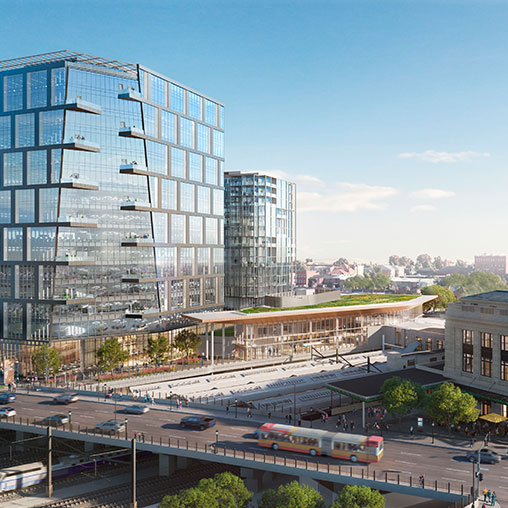
Amtrak – Baltimore Penn Station Lanvale Expansion
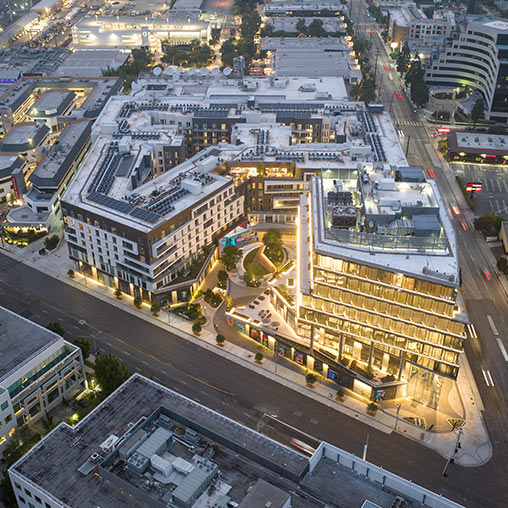
West Edge

El Monte Busway and Transit Pavilion

LAX Economy Parking Garage
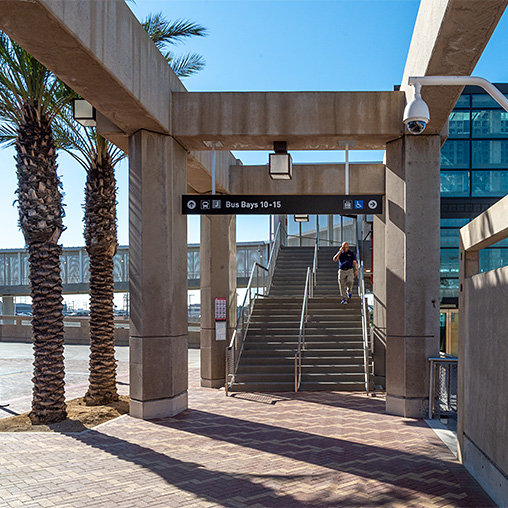
Union / Patsaouras Plaza Busway Station
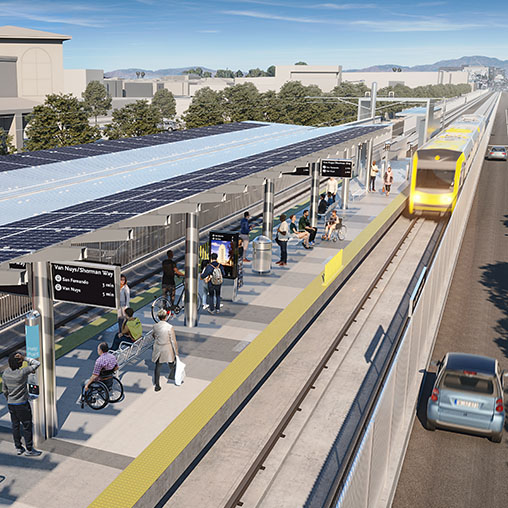
LA Metro Integrated Station Design Solutions
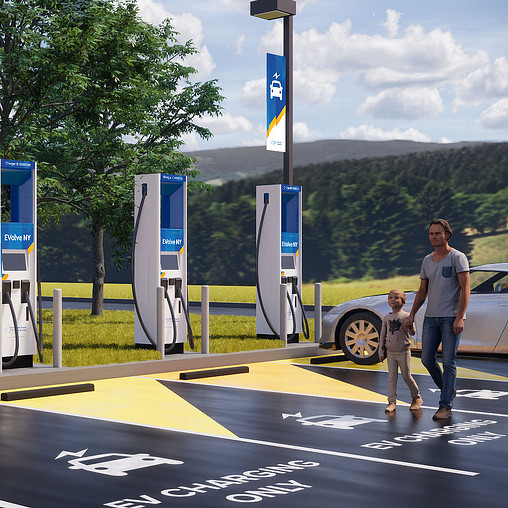
NYPA EV Charging Stations

Peña Station Transit-Oriented Development Plan
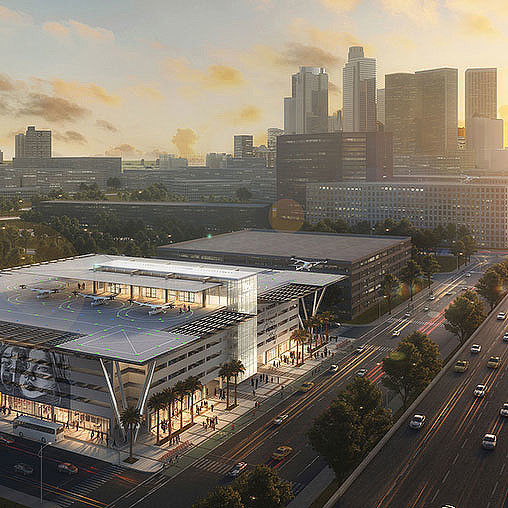
Uber Skyport Mobility Hub Concept

Hollywood Boulevard Walk of Fame Streetscape
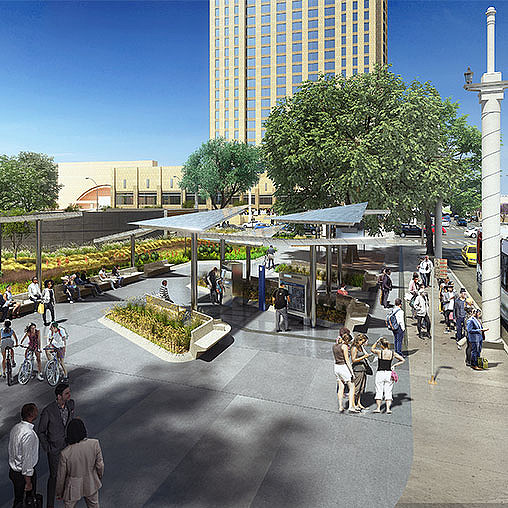
Cesar Chavez Transit Pavilion
at Los Angeles Union Station
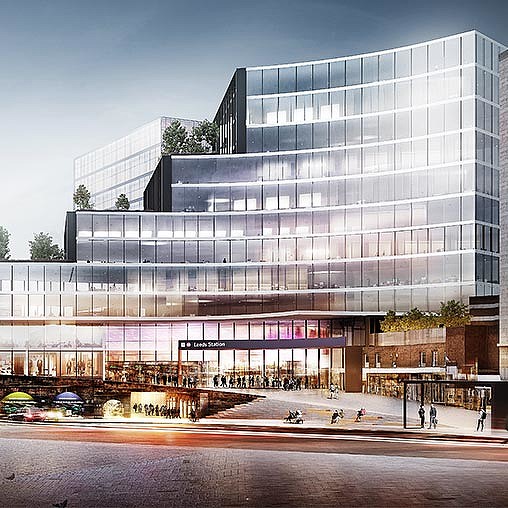
Leeds Station Masterplan
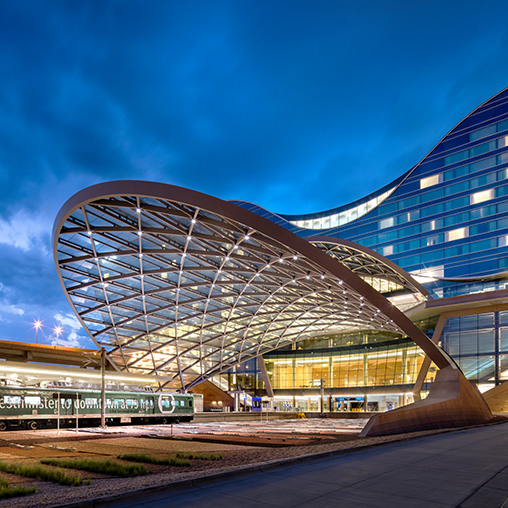
Westin DEN Hotel and Transit Center
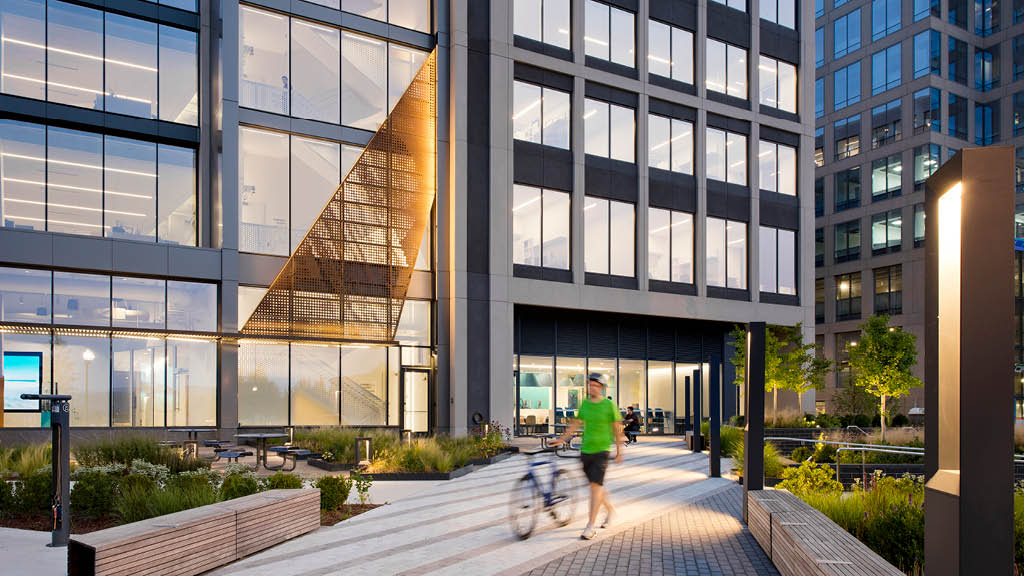
The Carbon Impact of a Workday
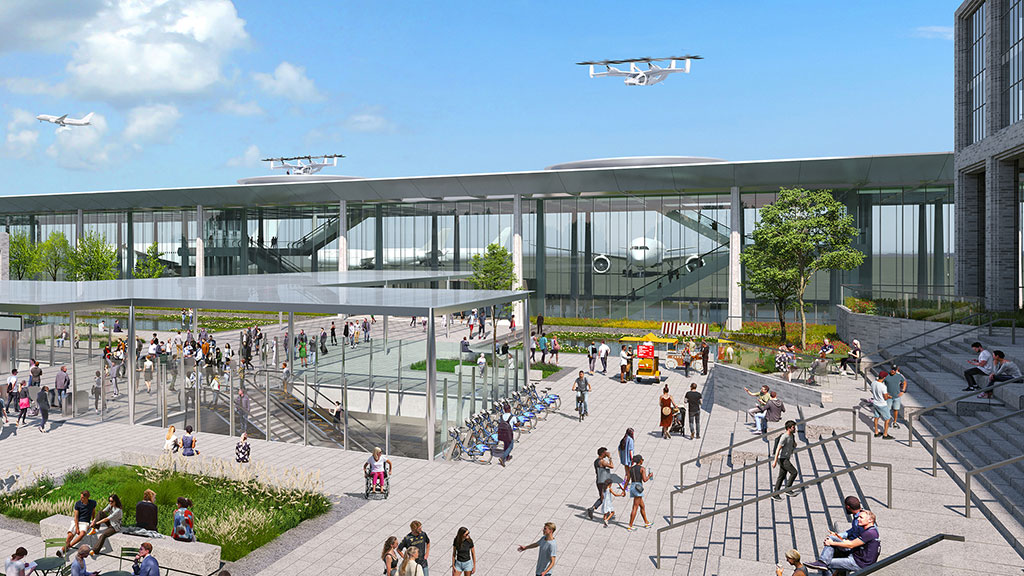
Urban Air Mobility Is Here. Here’s How Cities Can Adapt.
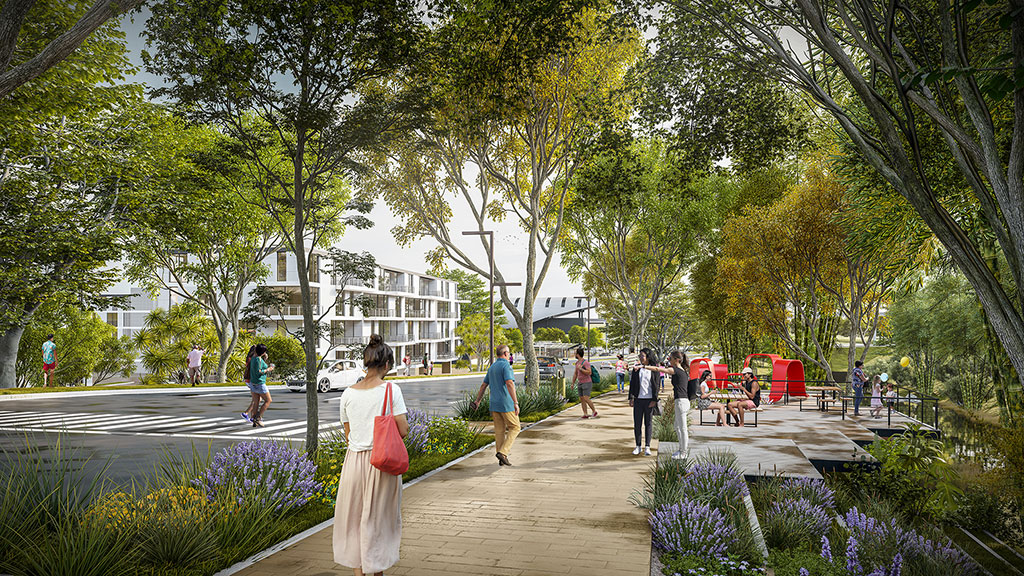
A New Vision for Urban Design in Tropical Climates

Trends to Watch Shaping the Future of Mobility and Transportation
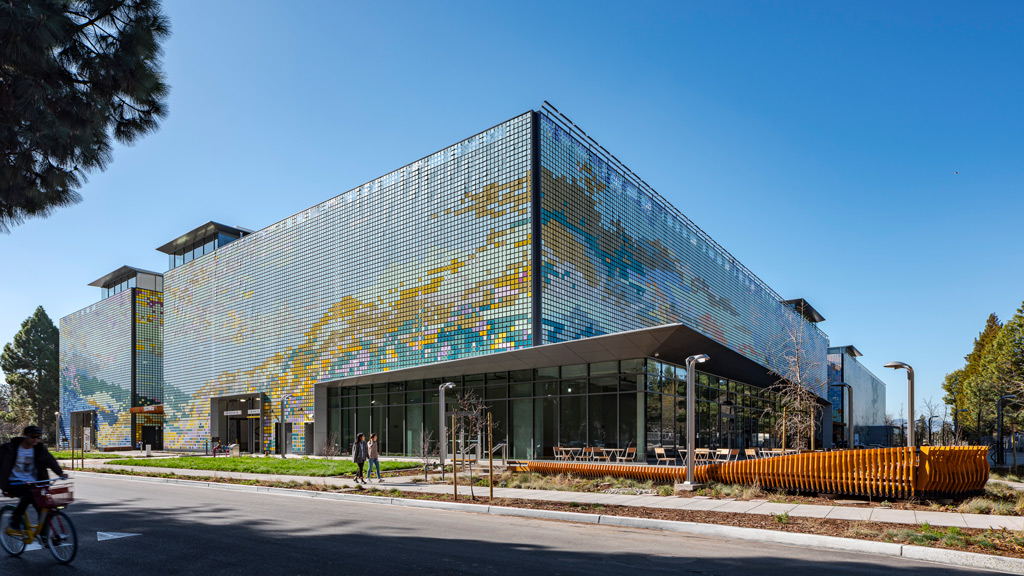
A Future-Proofed Garage in the Heart of Silicon Valley
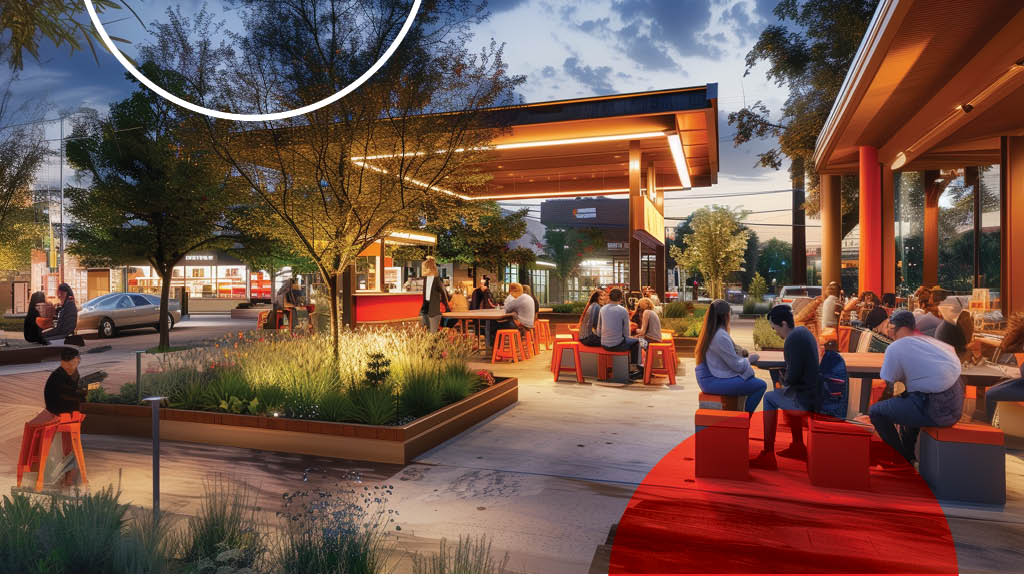
The Future of Gas Station Sites
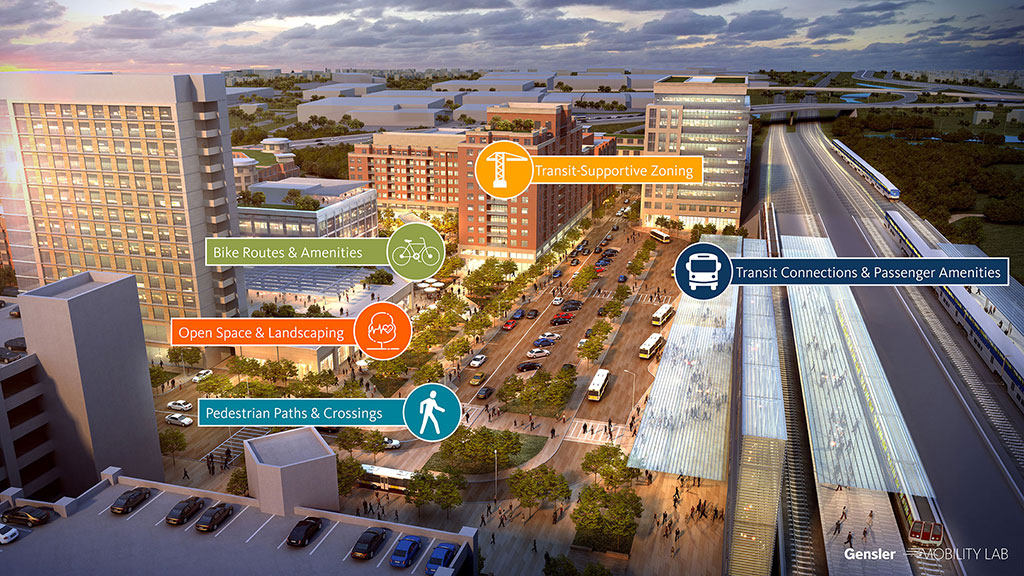
Introducing the Gensler Transit-Oriented Development Opportunity Index
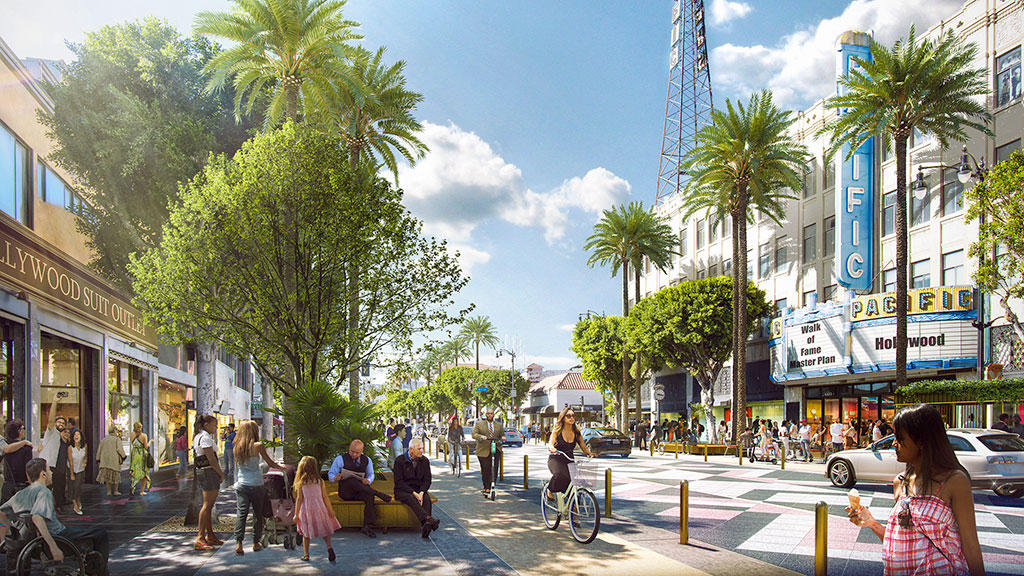
The Most Impactful Urban Infrastructure? City Streets
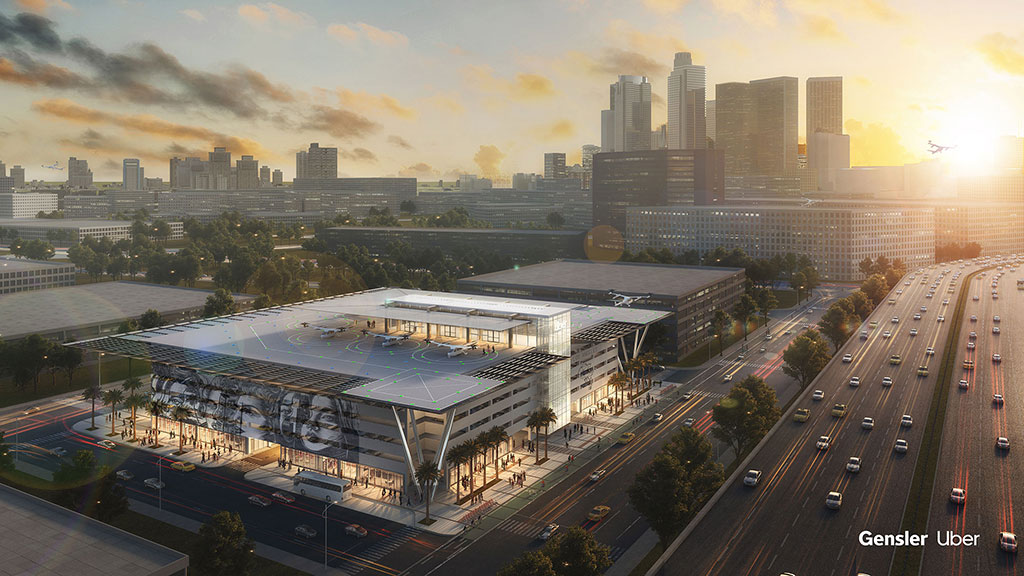
How eVTOLs Could Create a More Inclusive, Sustainable Future for Mobility
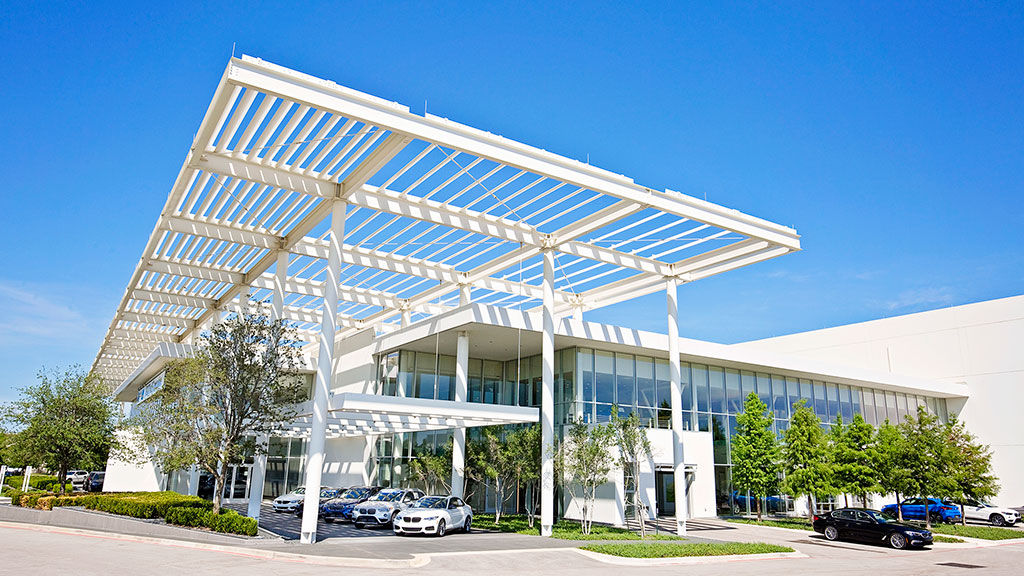
The EV Revolution — And Why Charging Stations Are So Critical

Commuting by Bicycle in One of the Most Cycling-Unfriendly Cities
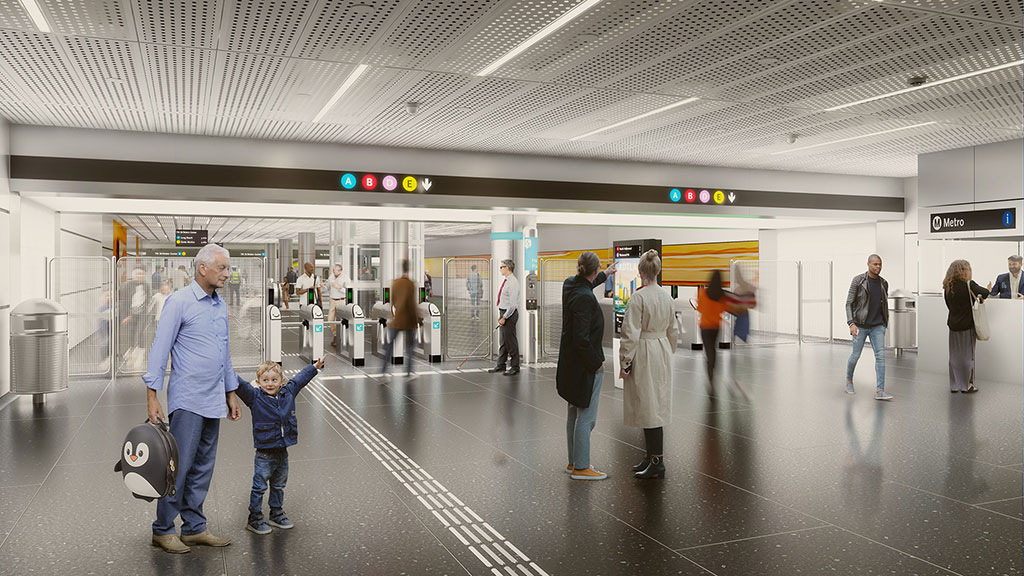
Understanding the Modern Transit Passenger Experience

Fixed Base Operators: A Gateway to eVTOL Takeoff
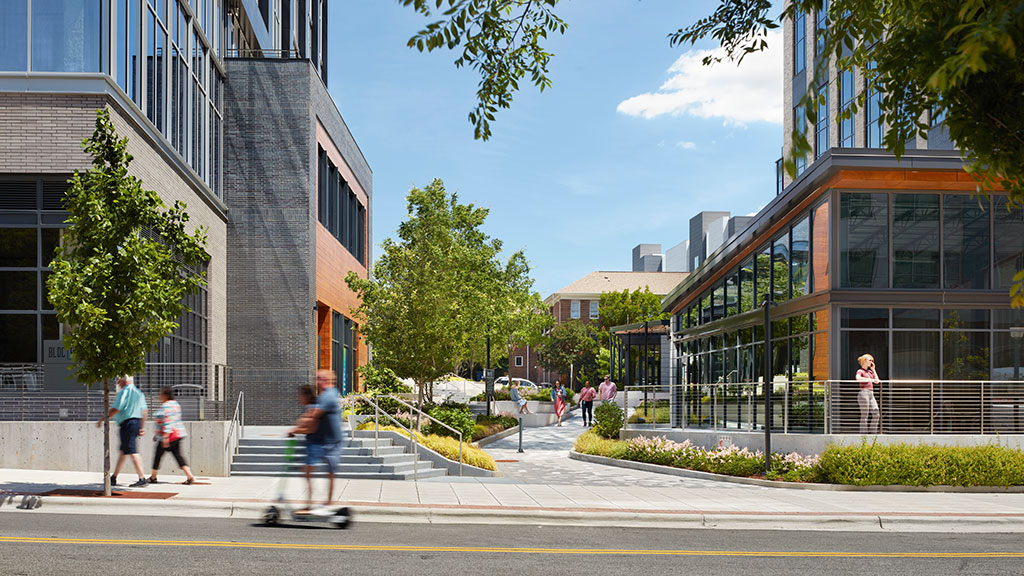
Trends to Watch Shaping the Future of Urban Mobility
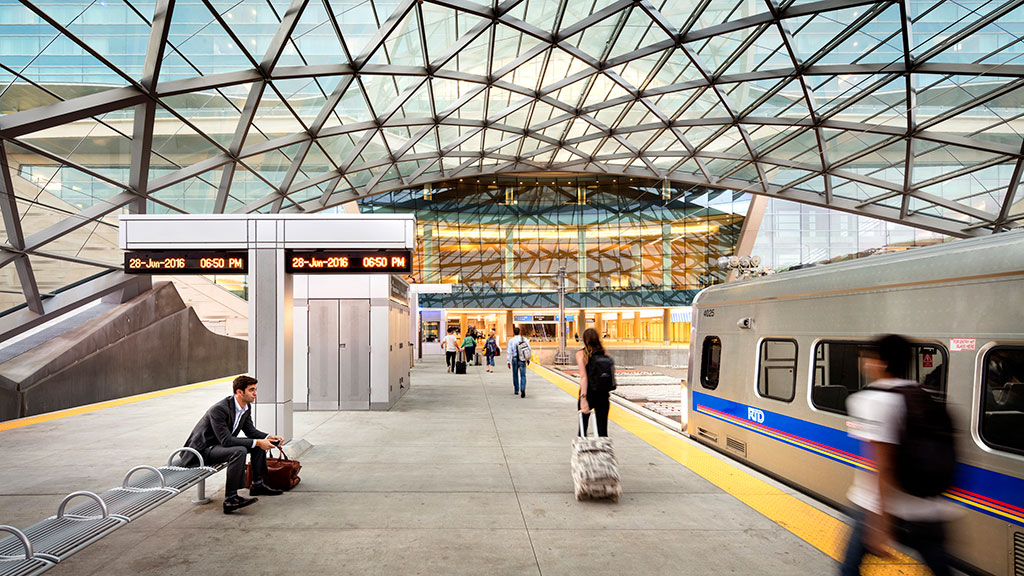
What Can Cities Do to Bring People Back to Public Transit?

What the Rise of Micromobility Means for the Future of Cities
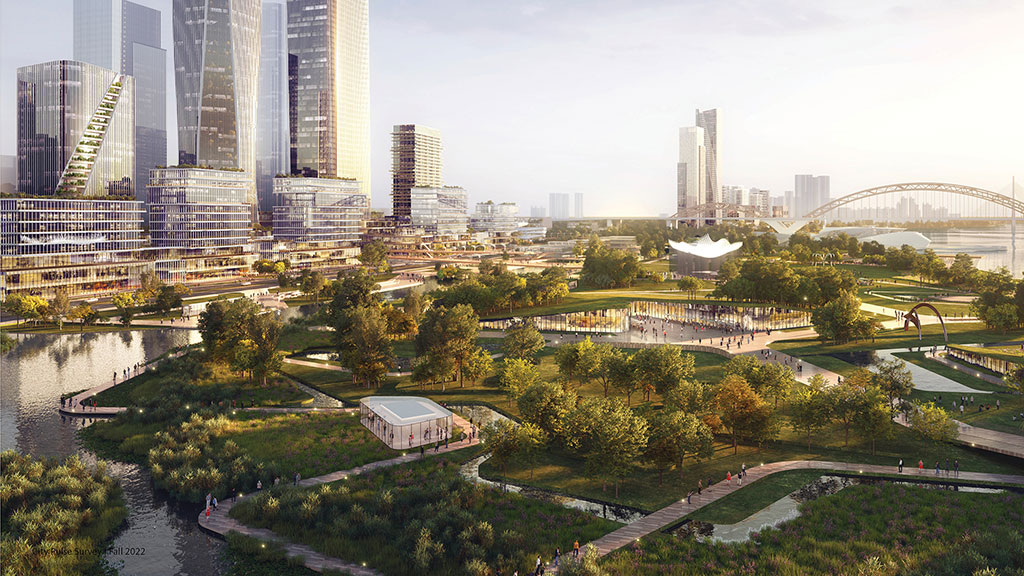
What Gensler’s Latest City Pulse Says About Sustainable Transportation

Using Design to Improve the Transit Experience for Los Angeles Metro
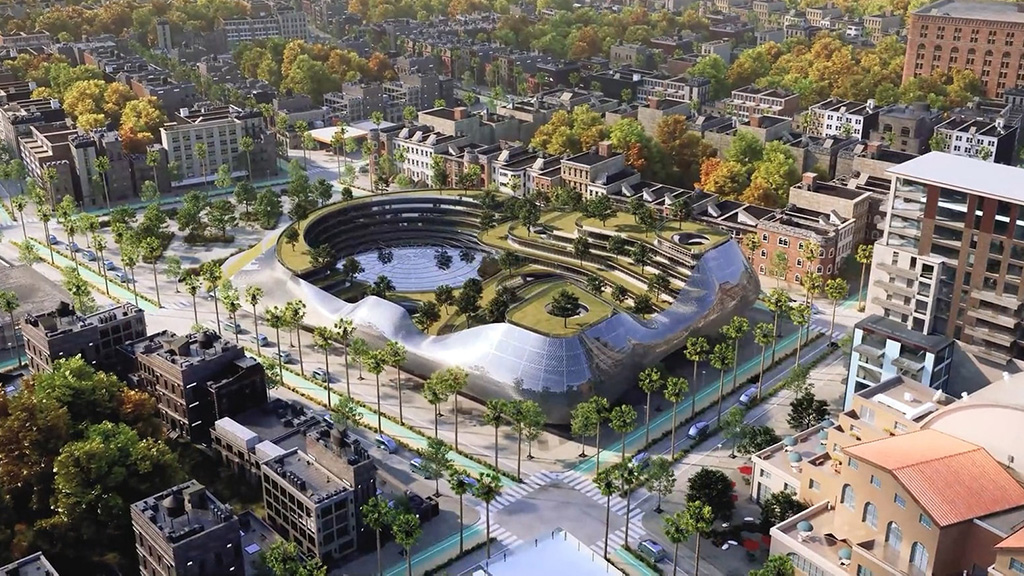
Together, EVs, AVs, and Multimodal Transportation Will Create More Vibrant Cities
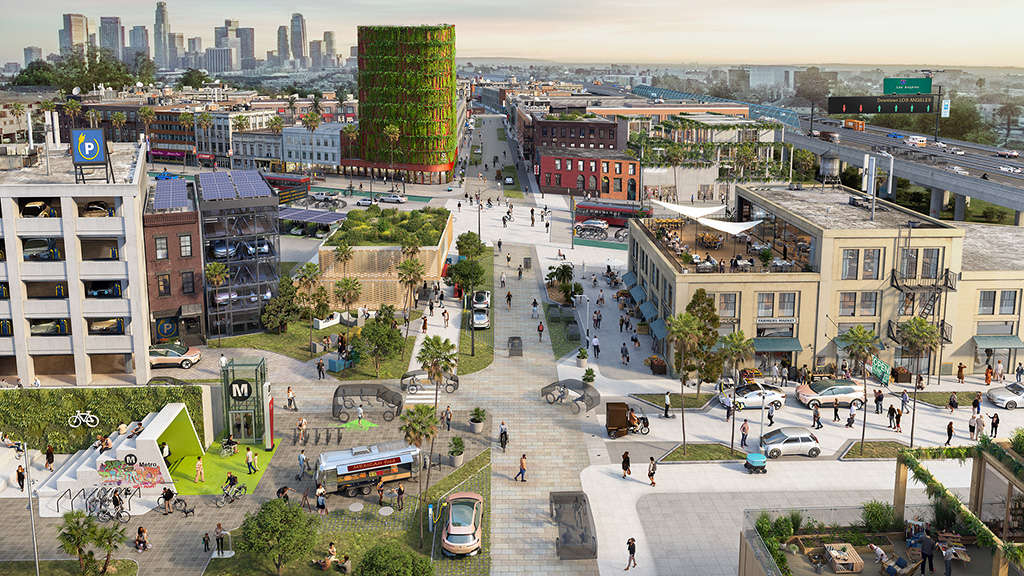
How the Intersection of Architecture and Mobility Will Shape the Cities of Tomorrow
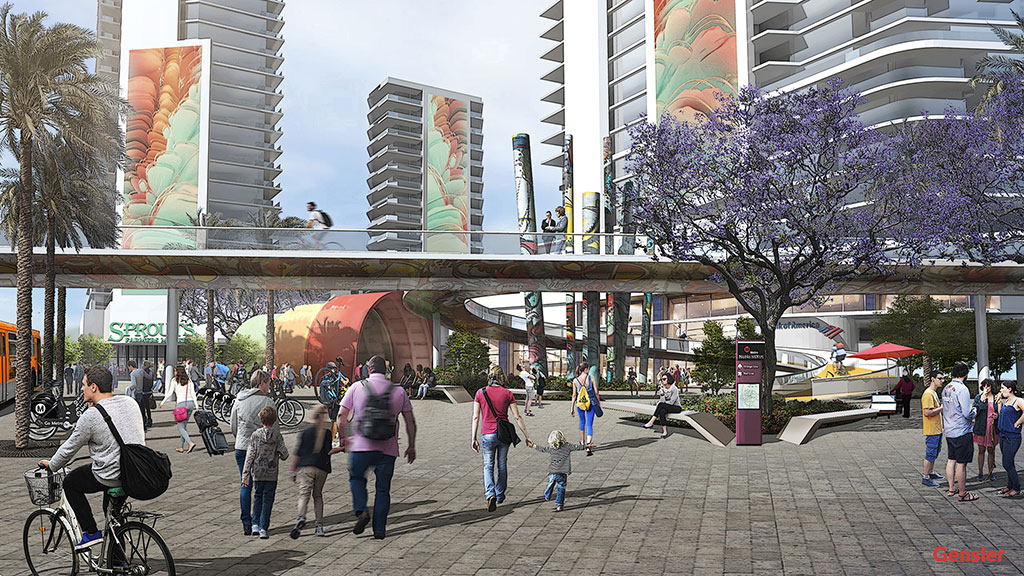
If Rush Hour Goes Away, How Should Public Transit Adapt?

Using Technology to Help Solve Persistent Accessibility Problems in Public Transit
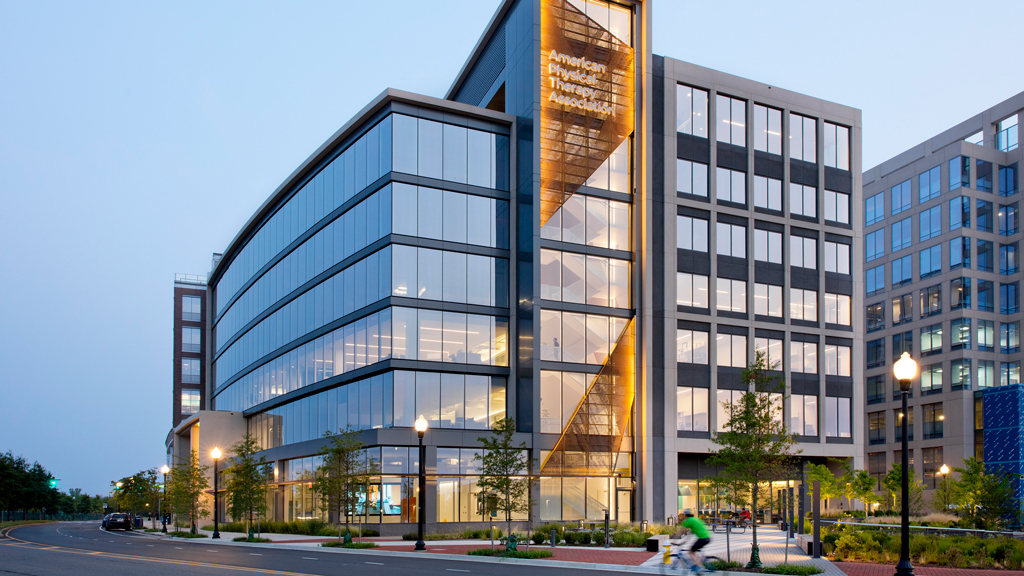
Designing a Workplace That Optimizes for Movement and Mobility
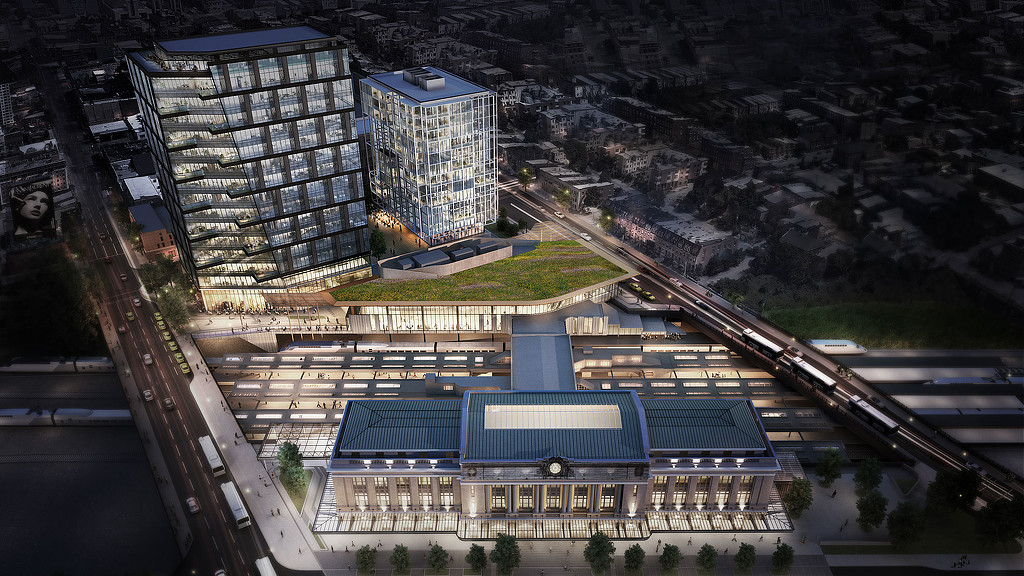
New Design and Infrastructure Projects Are Unlocking the Northeast Rail Corridor
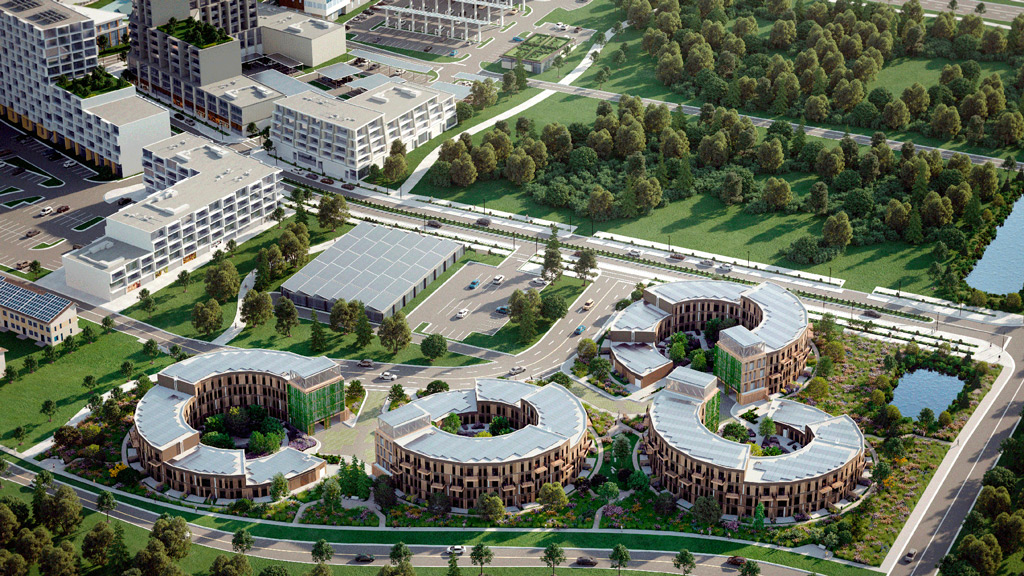
4 Ways Electric Mobility Will Reshape Our Cities
New developments put transportation first.
Cities reimagine surplus land and surface parking lots as vibrant, transit-oriented communities that add housing, boost ridership, and grow revenue. Public–private partnerships accelerate these projects — delivering mixed-use districts faster while sharing financial risk.
Electrification powers mobility globally.
Electric vehicles transform mobility into an engine of sustainability. While new trade policies and tax shifts temper growth in the U.S., affordable electric and autonomous vehicles reshape transportation worldwide. This brings clean mobility to more people and challenges urban infrastructure to keep up.
Markets reshape how cities move.
Cities adopt market tools like congestion pricing and “cap-and-invest” programs to manage traffic and cut emissions. Beyond reducing car dependence, these policies generate reliable funding to modernize transit networks and invest in cleaner, more equitable mobility.


Carmen Cecilia Cham

Dylan Jones

Jaymes Dunsmore
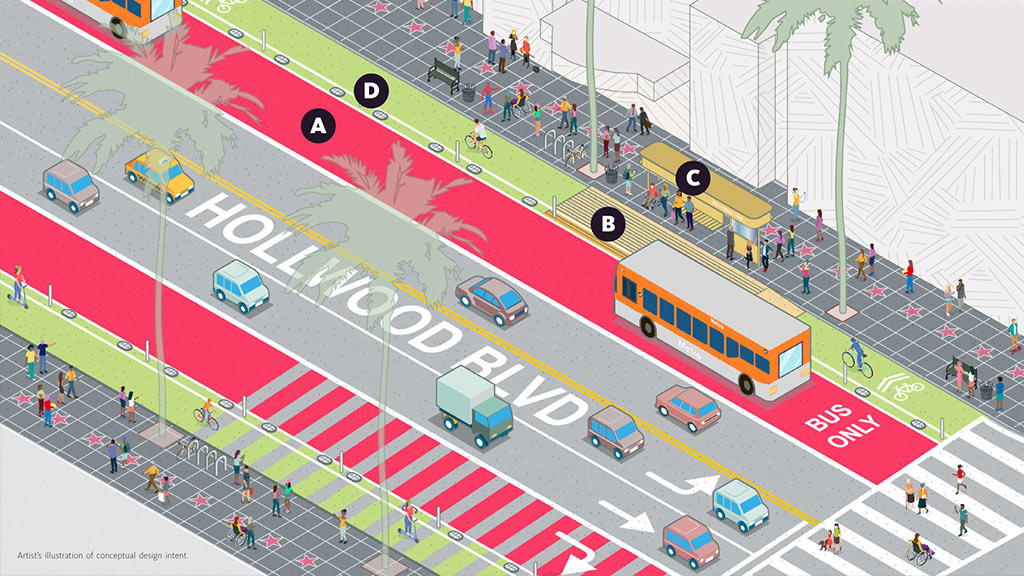
Bloomberg CityLab Toured the Hollywood Walk of Fame With Gensler Mobility & Transportation Leader Jaymes Dunsmore
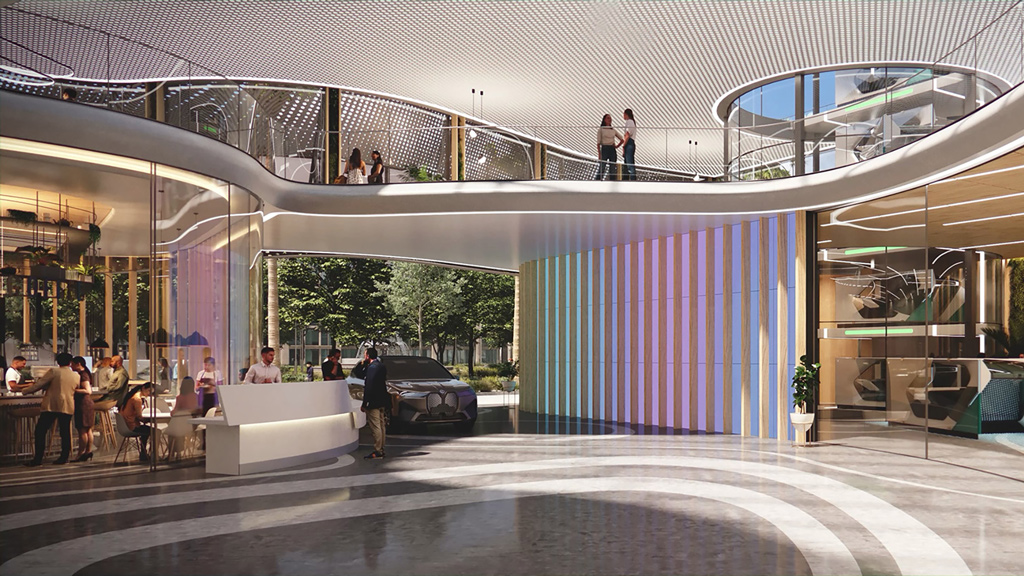
The Future of Cities and Mobility, Garages of the Future, and Rethinking Gas Stations

Time Out Shared Gensler’s Renderings of the Hollywood Walk of Fame’s Pedestrian-Friendly Makeover
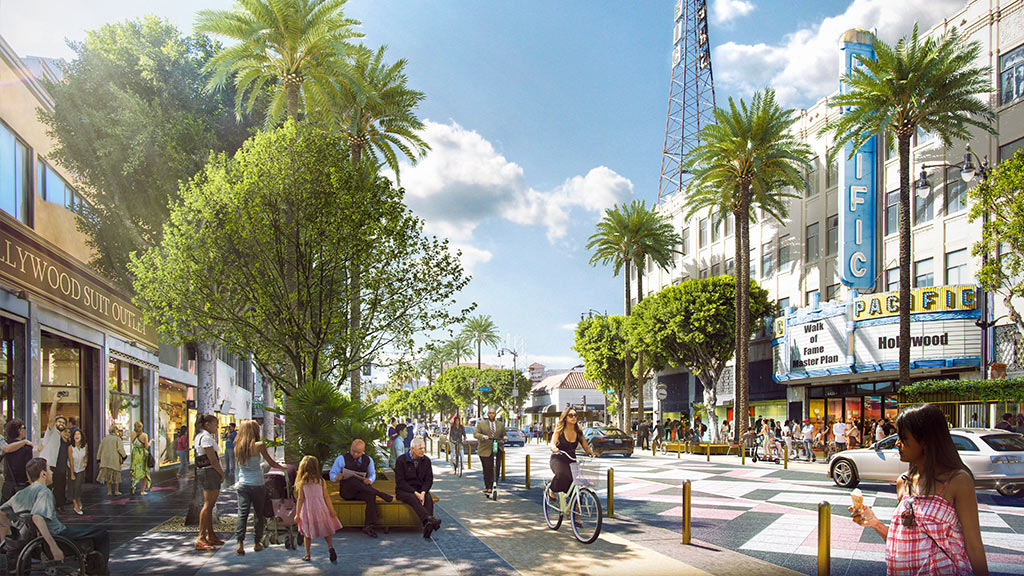
Gensler’s Design Concept To Revitalize Hollywood Boulevard and the Walk of Fame

MIT Mobility Initiative Featured a Panel on the Future of Public Transportation
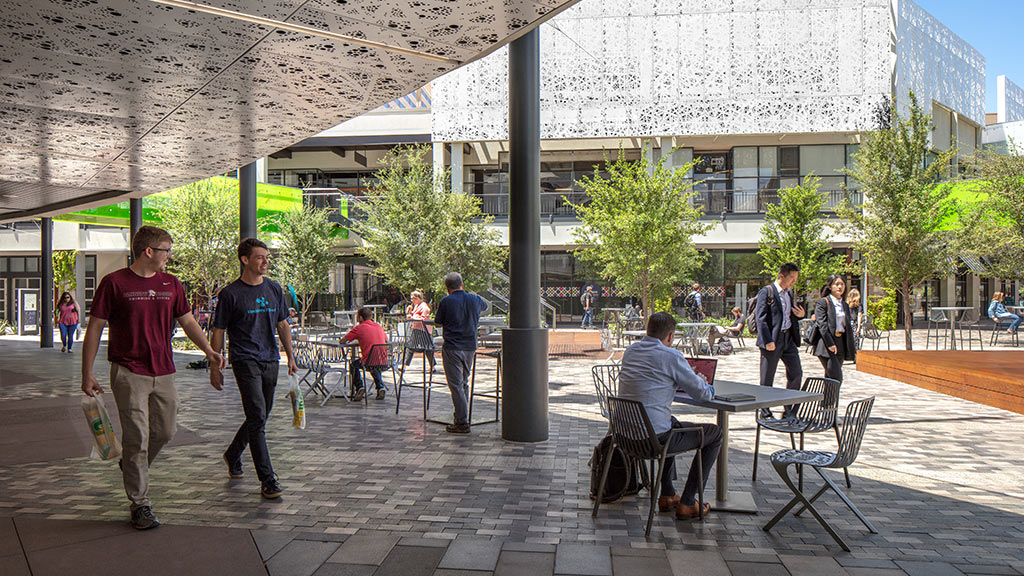
gb&d Highlighted the Arizona Center in Its Sustainability Examples and Trends
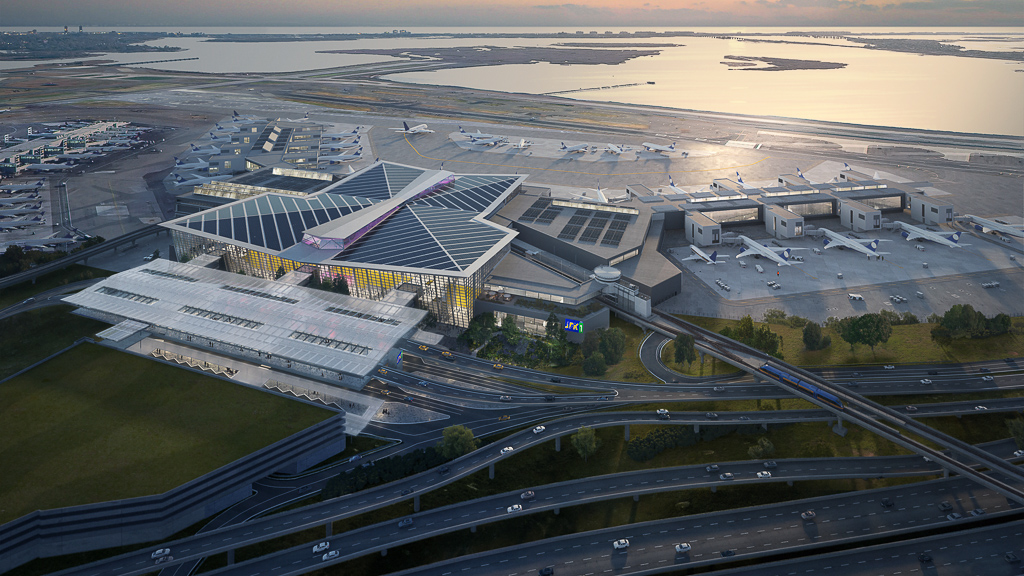
Gensler Mobility Leader Dylan Jones Highlights How New Forms of Mobility Will Shape the Future of Travel
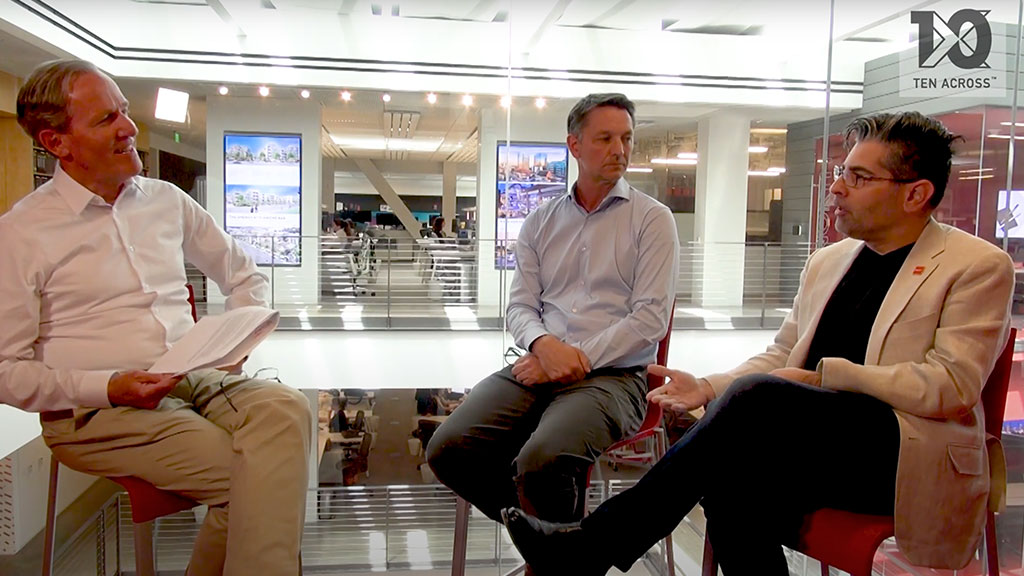
What Sustainable Cities of the Future Could Look Like
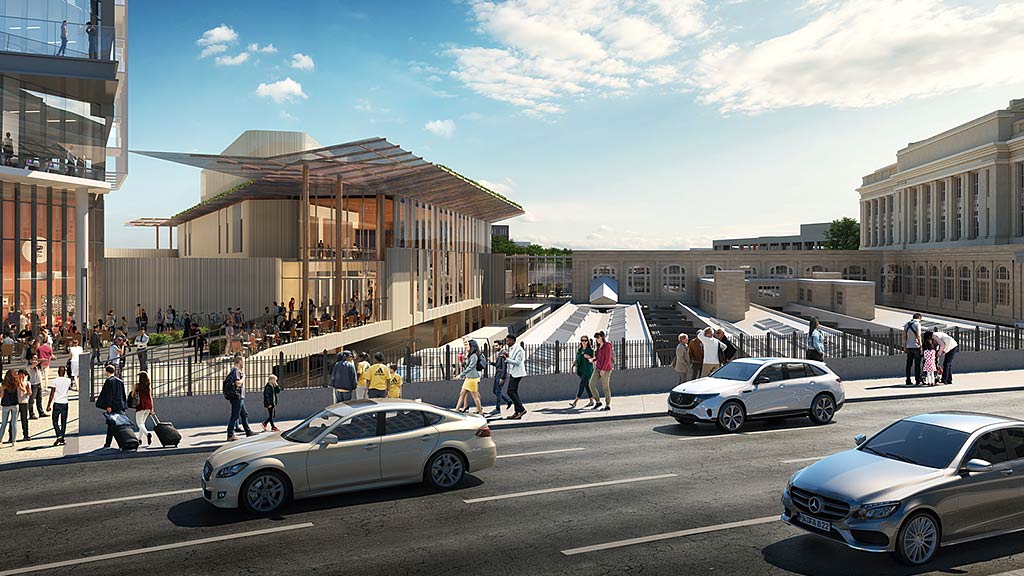
Amtrak Applies for $7.3 Billion Funding for Northeast Corridor Project Improvements

Gensler’s Vision To Renovate Baltimore Penn Station’s Beaux Arts-Style Building

The Rebirth of Baltimore’s Penn Station Features an “Airy, Luminous Design” by Gensler That Encourages Visitors To Linger
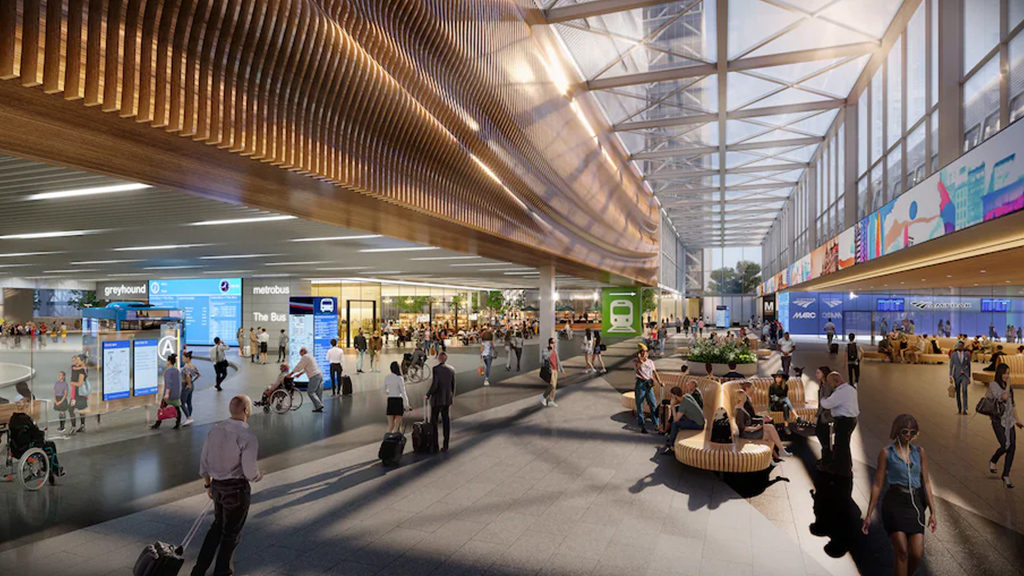
A Vision for a Train Hall to Connect Transit Lines and Enhance the Pedestrian Experience
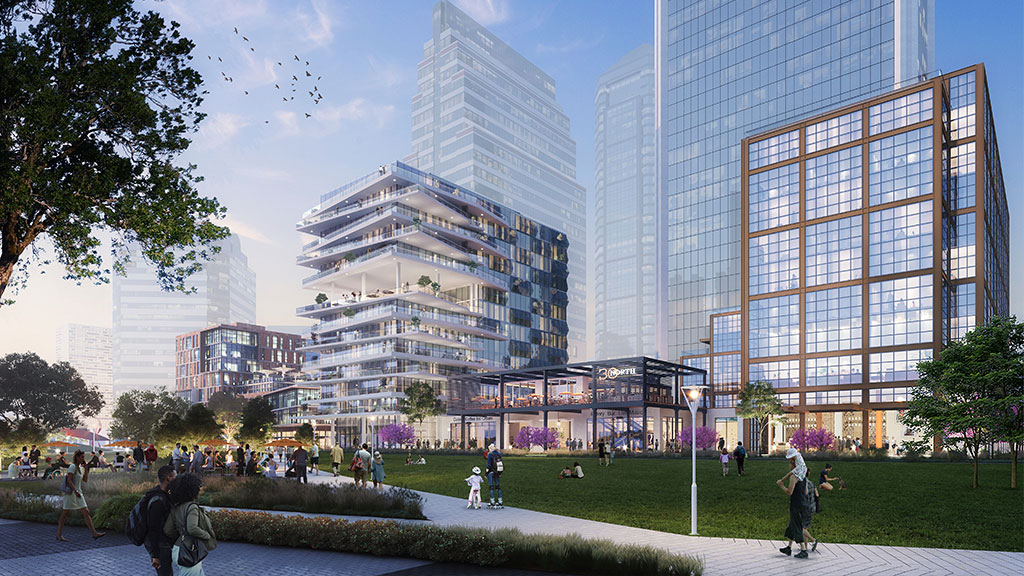
Gensler’s City Pulse Survey Data Reveals What People Value in Downtowns

The Future of Mobility Is Electric, Autonomous, and Multimodal
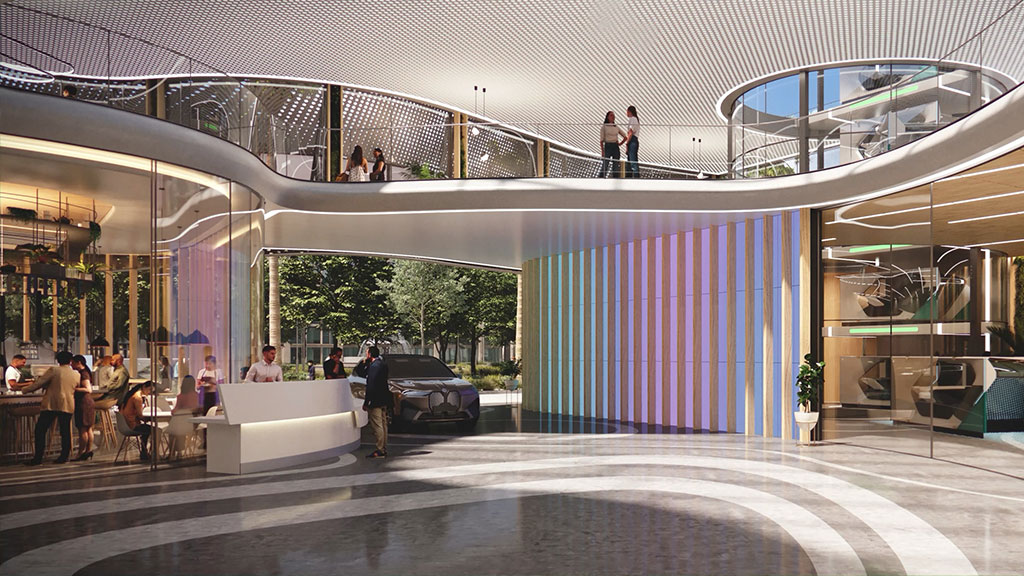
Charging EVs Takes Time. So Rest Stops Could Become Luxurious.
